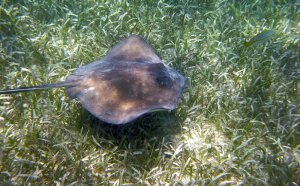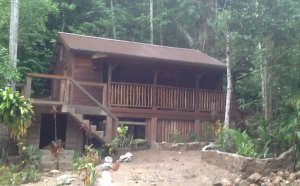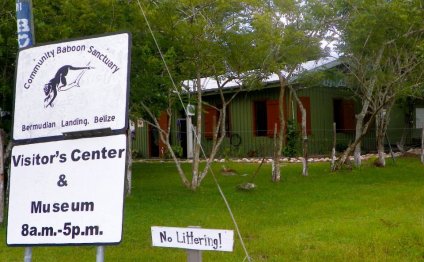
Belize Baboon Sanctuary
| BELIZE NATIONAL PARKS, NATURAL RESERVES, & WILDLIFE SANCTUARIES
Bermudian Landing was visited by primate researchers in 1981, whose follow up studies highlighted the higher densities of Black Howler Monkey associated with riparian rather than other types of forest . After initial consultation with the villagers in 1984, an application was made to WWF USA in 1985 for funds to set up the reserve. Local landowners and the Bermudian Landing Village Council signed a voluntary management agreement in 1985, with technical support provided by R- Horwich of Community Conservation Consultants (TJSA). The reserve has expanded since, to 11520 acres in 1986 (about 60 land owners) as more landowners have joined the project and committed themselves to the land management practices winch accommodate the Howler monkey (known as baboons in Creole). By March 1987, 6 other villages in the area were party to the agreement and there are now 70 land owners who have signed the voluntary pledge, and 30 others who cooperate with it In addition to Bermudian Landing, the other settlements involved are Flowers Bank, Isabella Bank, Big Falls/St Pauls Bank, Willows Bank, Double Head Cabbage, and Scotland Halfmoon. CURRENT AREA
JUSTIFICATION
HABITATS
HOLDRIDGE LIFE ZONE
ZOOGEOGRAPHICAL AFFINITIES
The Black Howler Monkey, locally known as the baboon in English or the saraguate in Spanish, is the main species of interest in the reserve. A total of 28 troops were identified in the area in 1985. The Howler population has grown from 840 at this point to over 1000 by 1988. Territories are occupied by anything from a single animal to groups of 10. Before 1970, the Black Howler Monkey was thought to be a sub-species of A. palliata, which ranges throughout Central America. Investigations of skull shape and behavior established it as a separate species, with a range limited to southern Mexico, northern Guatemala and Belize. With increasing habitat destruction, this primate is becoming increasingly threatened- A variety of other mammals are found in the reserve or nearby, including Baird's Tapir and the Jaguarundi. Reptiles include Morelet's Crocodile, Iguana and the Central American River Turtle. Local people report that deer are beginning to re-appear and that birds are becoming more abundant Whilst 59 species of birds were recorded by Zisman in 1989, the number identified with increased investigation has risen to 250. The mature riverine forests contain 40 to 50 species of tree, and hundreds of shrub, herbaceous and epiphytic plants. The presence of commercial timbers, particularly Logwood, Cedar and Mahogany has been, and continues to be affected by logging so that the occurance of mature specimens is very rare. Milpa agriculture has left patches of riverine forest in various stages of secondary development LOCAL POPULATION
PHYSICAL FEATURES & CLIMATE
VISITOR FACILITIES
CULTURAL FEATURES
Related Links: BELIZE NATIONAL PARKS, NATURAL RESERVES, & WILDLIFE SANCTUARIES |
RELATED VIDEO
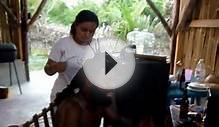
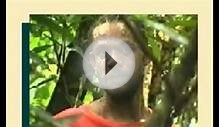
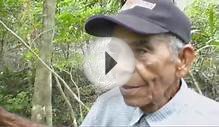
Share this Post
Related posts
Ambergris Key Belize
Sortieren nach: 5 Hotels gefunden North Ambergris Caye, Ambergris Caye, Belize Grand Caribe ist eine der größeren Objekte…
Read MoreOceanfront property for Sale Belize
Belize is a land of unique contrasts with more to do and see than many countries 10 times it size. Formerly a British colony…
Read More
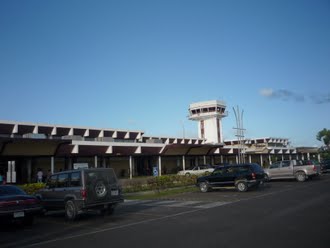 Philip S. W. Goldson International Airport (IATA: BZE, ICAO: MZBZ) is an airport that serves Belize's largest city, Belize City. It was named for politician Phillip Stanley Wilberforce Goldson, who died in 2001.
Philip S. W. Goldson International Airport (IATA: BZE, ICAO: MZBZ) is an airport that serves Belize's largest city, Belize City. It was named for politician Phillip Stanley Wilberforce Goldson, who died in 2001.